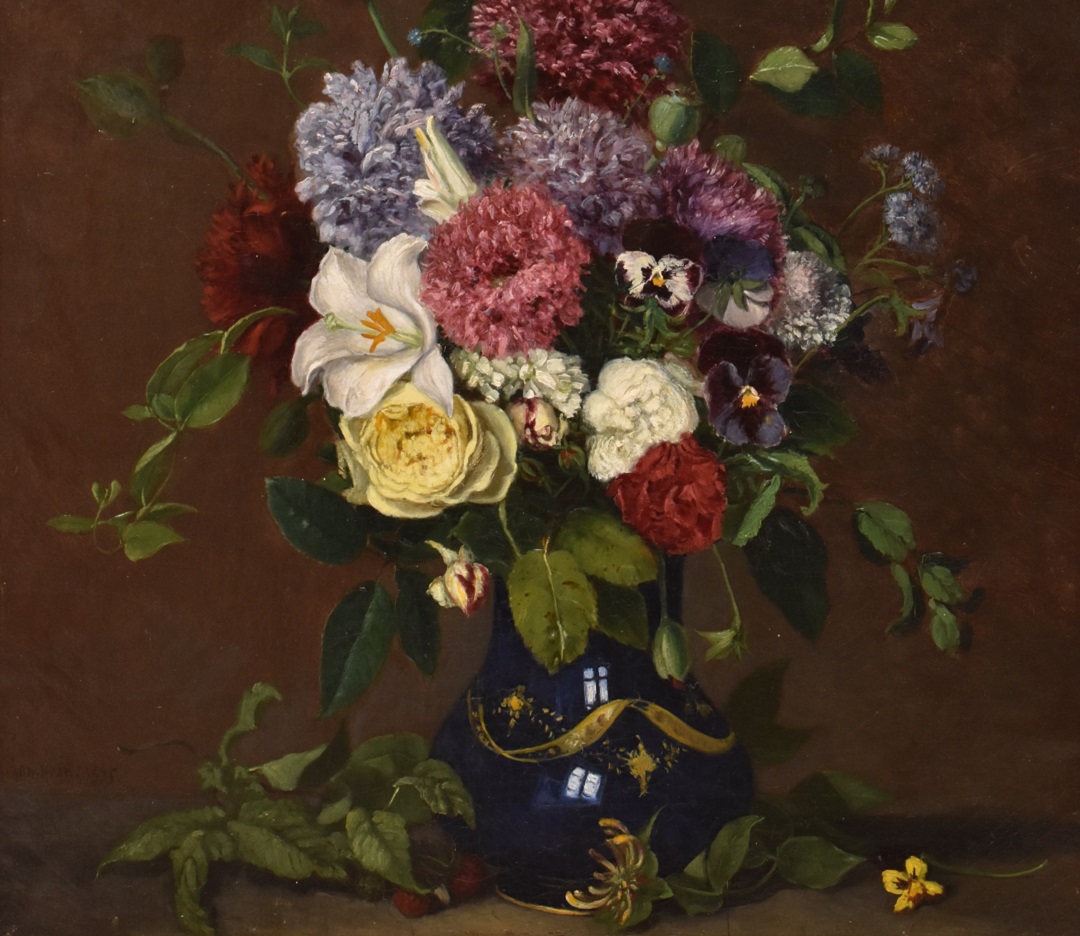Cobalt Blue in Art

An alternative to ultramarine Blue
Cobalt blue has its origins in the early decades of the 19th century, when painters were looking for a more accessible and less expensive substitute for ultramarine blue, which was imported from Afghanistan.
At the time, the alternatives were enamel blue, which was less intense, or azurite, which however gave green hues to paintings.
In response to this need, the French Minister of the Interior Chaptal entrusted Louis-Jacques Thénard, a renowned chemist, with the task of inventing an alternative blue.
Inspired by some fine porcelain, Thénard combined alumina and cobalt salts, thus creating a stable pigment that dried quickly. This new blue, easy to mix with other colors, became a fundamental element for artists, who used it creatively, appreciating its extraordinary freedom of expression.
Its use quickly spread among European painters, especially in France and the Netherlands, where it became a prized alternative to the more expensive ultramarine, derived from lapis lazuli. The introduction of cobalt blue allowed artists to achieve brighter, more transparent shades in their work, resulting in more dynamic landscapes and portraits with superior color rendition.
During the 19th century, cobalt blue also became a favorite choice among Impressionist painters. Artists such as Claude Monet and Pierre-Auguste Renoir used it to capture the intensity of natural light in their plein air paintings. Its ability to resist oxidation made it especially useful for oil techniques, where color stability is crucial for durability.
Today, cobalt blue continues to be a symbol of quality and sophistication, both in the visual and applied arts.




